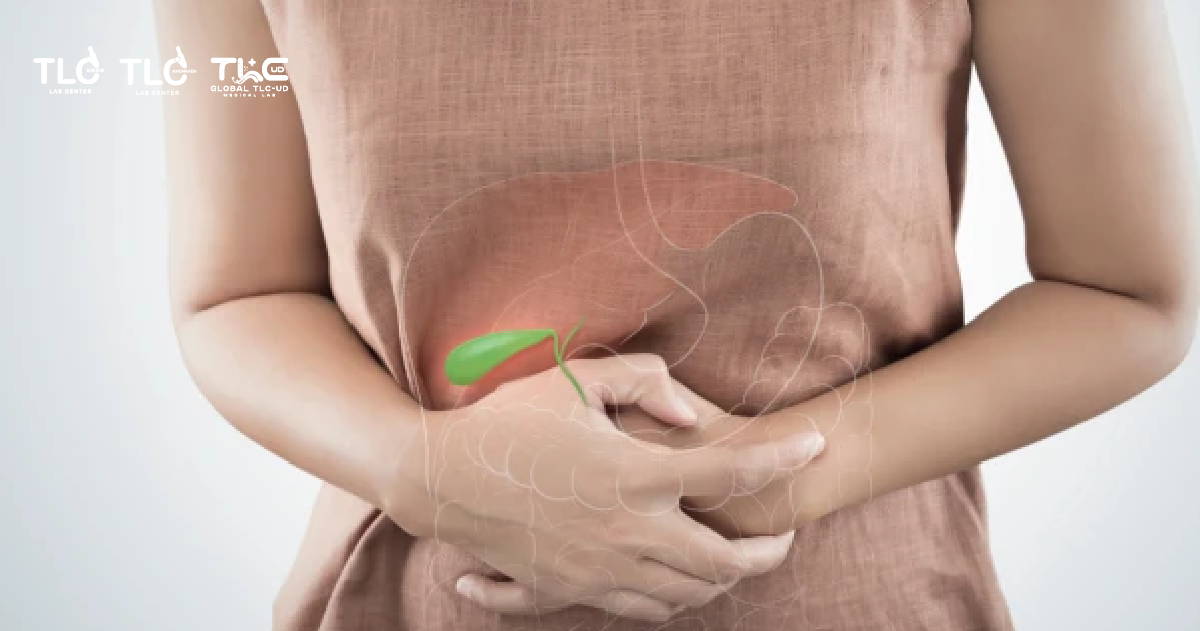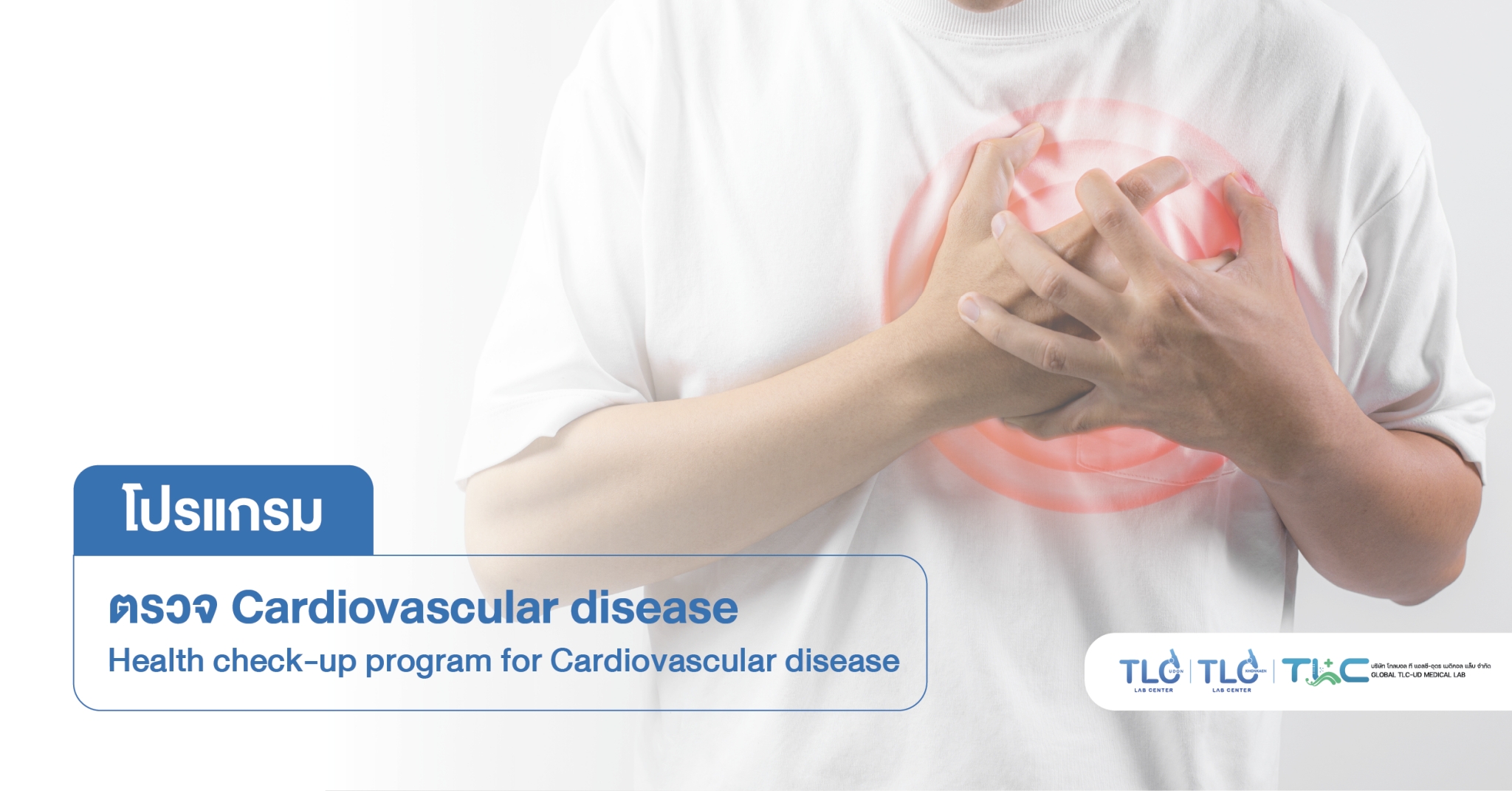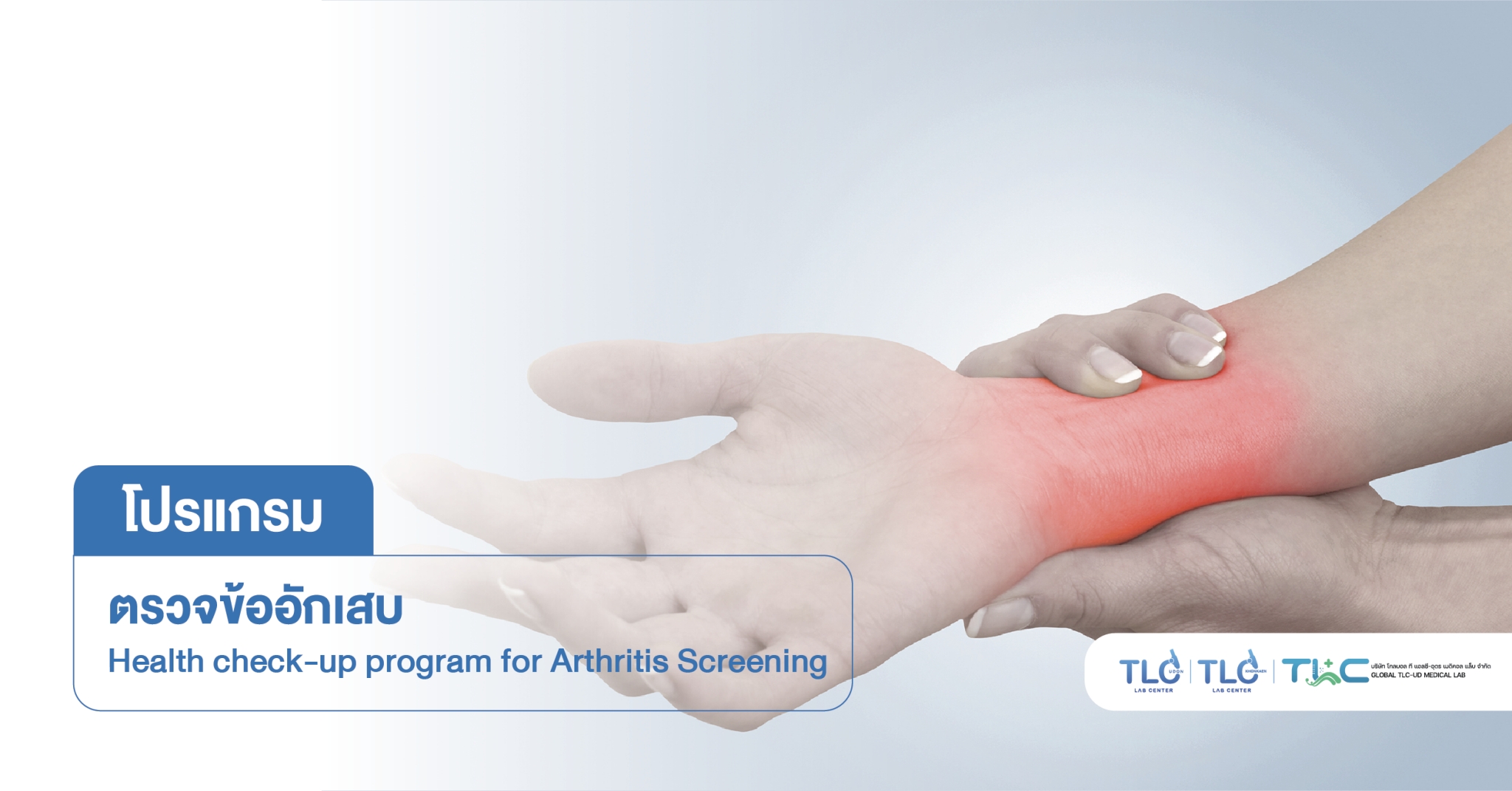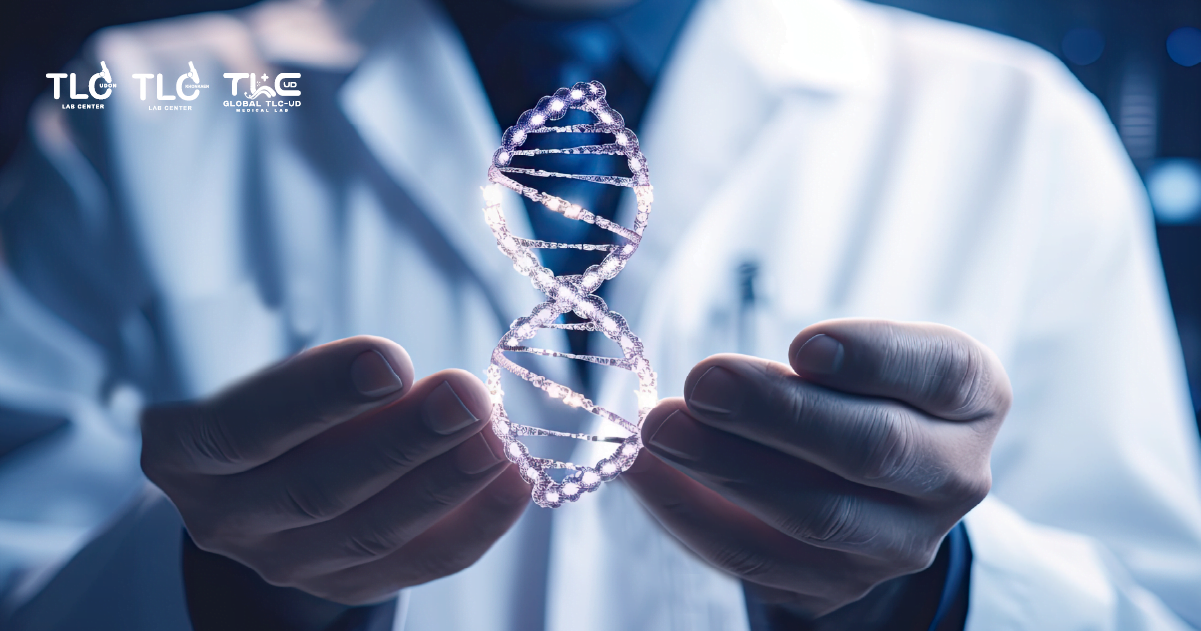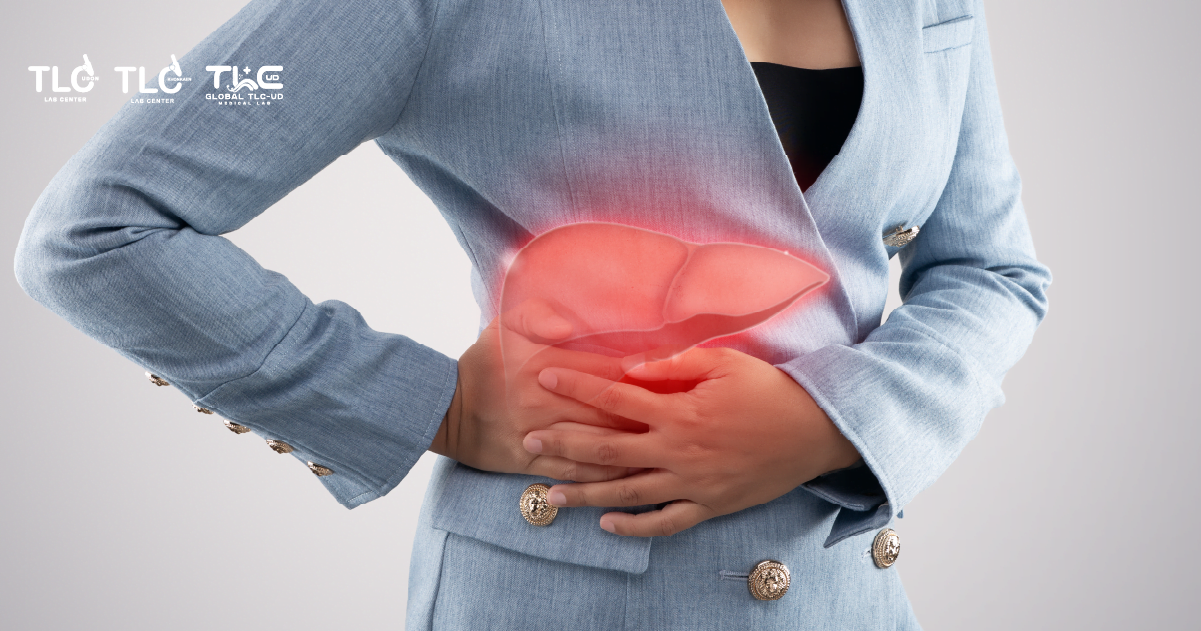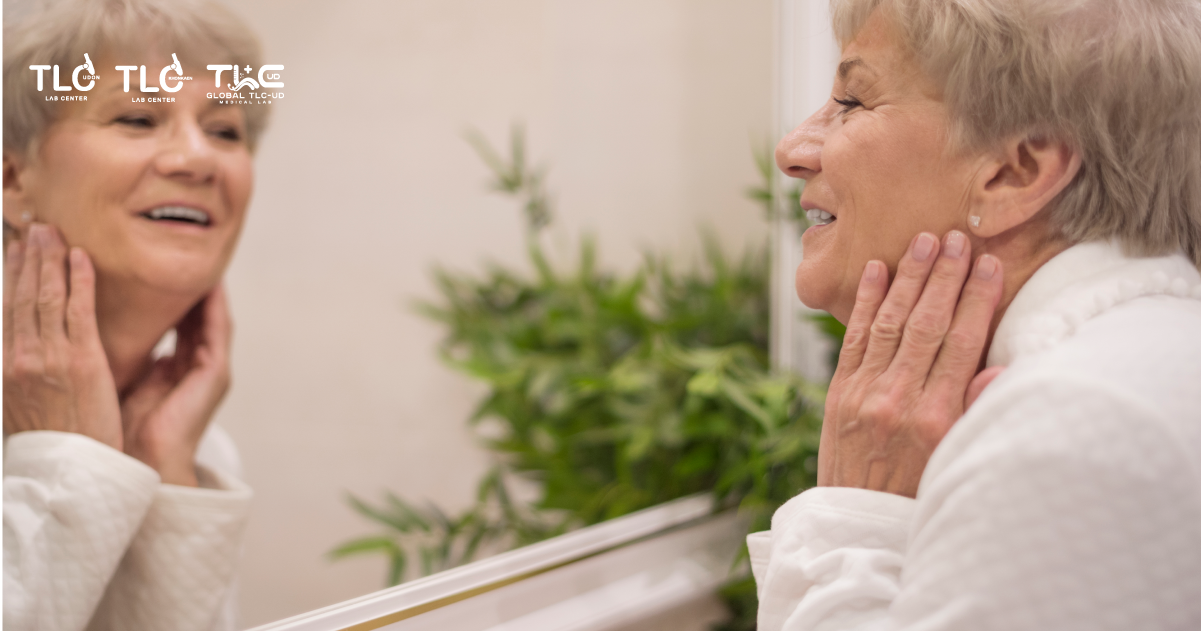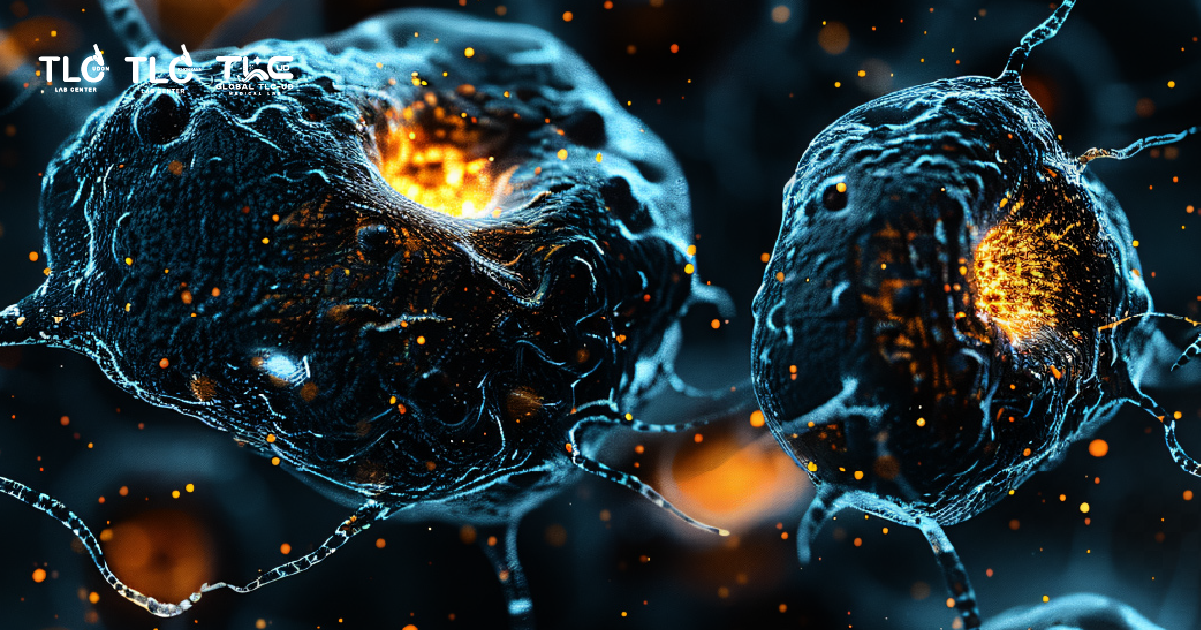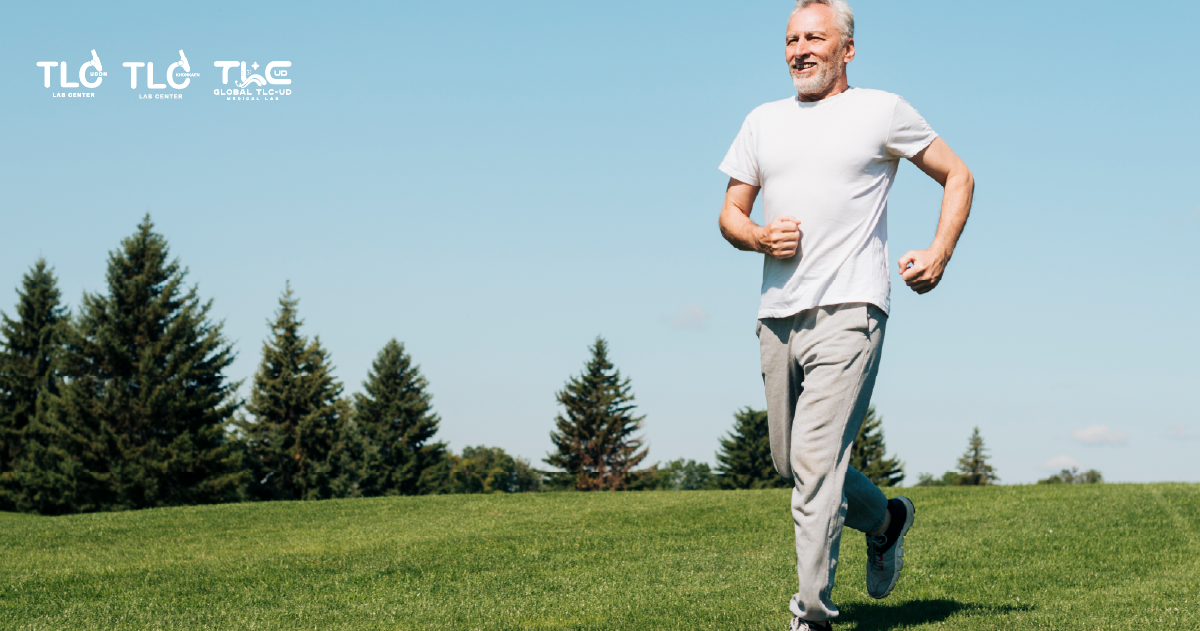Gallstones in the gallbladder are a condition in the digestive system that can occur and may lead to severe, life-threatening complications if not treated promptly. A key factor in the development of this condition is obesity and eating behaviours that cause fat and cholesterol levels to exceed the bile system’s capacity. As a result, cholesterol can accumulate and form gallstones in the gallbladder. It is more commonly found in women than men (2:1 ratio) and typically occurs between the ages of 30 and 50.
A notable issue is that many patients mistake the symptoms for gastritis and self-medicate until the condition worsens and they seek proper treatment. Therefore, awareness and early detection of gallstones is crucial.
What Is the Function of the Gallbladder?
The gallbladder is an organ in the abdominal area that stores bile and concentrates it for fat digestion. The gallbladder does not produce bile—bile is produced by the liver and stored in the gallbladder when we are not eating. Thus, not having a gallbladder doesn’t mean the body lacks bile, as commonly misunderstood.
What Are Gallstones and Their Types?
What Are Gallstones and Their Types?
Gallstones are the most common disease of the bile duct system. They are formed from the precipitation of calcium, cholesterol, or other substances in bile, resulting in solid stones. There are three types of gallstones:
- Cholesterol Stones – Yellow, white, or green; formed from fat precipitation due to high cholesterol levels in the gallbladder.
- Pigment Stones – Dark-coloured; formed from blood disorders such as anaemia or liver cirrhosis.
- Mixed or Sludge Stones – Mud-like, sticky; caused by infections near the liver, bile ducts, or pancreas.
What Causes Gallstones?
Gallstones form due to the crystallization of calcium, cholesterol, or bilirubin in bile. Causes include bile duct infections and imbalances in cholesterol and bilirubin levels in bile. Crystallization results in stone formation—either a single large stone or multiple small ones. The most common type is cholesterol-based gallstones, strongly linked to dietary habits.
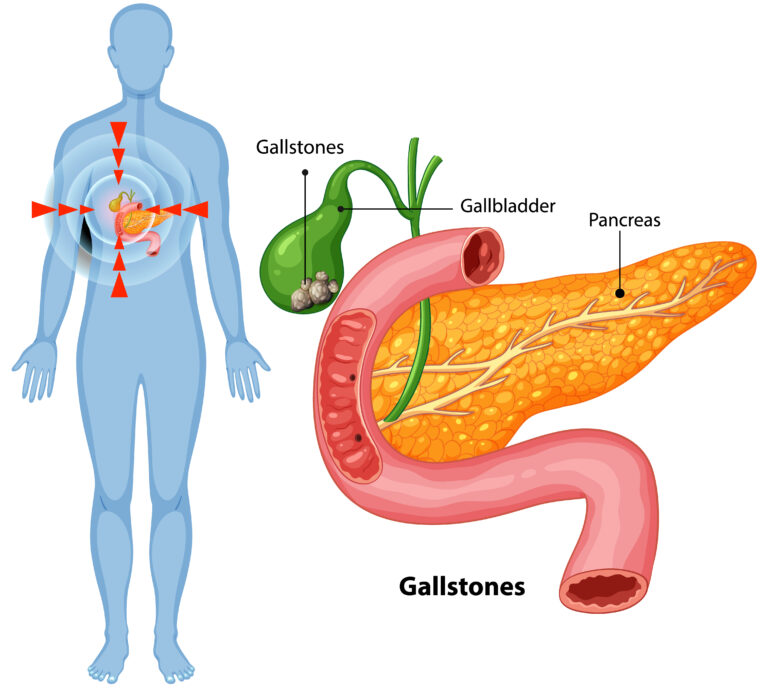
How Is High Blood Cholesterol Linked to Gallstones?
Excess fat accelerates gallstone formation. When the body consumes a high-fat diet, the liver cannot produce enough bile to dissolve all the fat. The undigested fat precipitates in the gallbladder and forms stones. Obesity and being overweight significantly raise this risk because they elevate cholesterol levels in the body.
Who Is at Risk for Gallstones?
- People who are overweight or have high cholesterol
- People over age 60 (due to reduced metabolism and increased bile cholesterol)
- Those who lose weight rapidly
- Diabetics with high triglycerides
- People with thalassemia or anaemia
- Birth control pill users
- Women who have had multiple pregnancies
- People undergoing hormone therapy for menopause
- People with a family history of gallstones
Symptoms of Gallstones
- Bloating
- Indigestion or abdominal tightness after fatty meals
- Pain below the sternum or right rib cage
- May radiate to the right shoulder or back
- Nausea or vomiting (especially if the gallbladder is infected)
- Fever and chills
- Jaundice (yellowing of skin/eyes if a stone blocks the bile duct)
- Dark urine
- Pale-coloured stool
Key symptom: Symptoms usually appear after eating fatty foods, often worse in the evening or at night.
How to Prevent Gallstones
- Eat a low-fat diet; avoid greasy or fried foods
- Exercise regularly
- Avoid fasting or rapid weight loss
- Get annual blood and health check-ups
Recommended Lab Tests
To detect or assess risk for gallstones, the following lab tests are advised:
- Blood sugar: Blood Sugar and HbA1C
- Lipid profile: Cholesterol, Triglyceride, HDL, LDL
- Liver function: Liver Function Test
- Cancer markers for gallbladder and pancreas: CA 19-9

